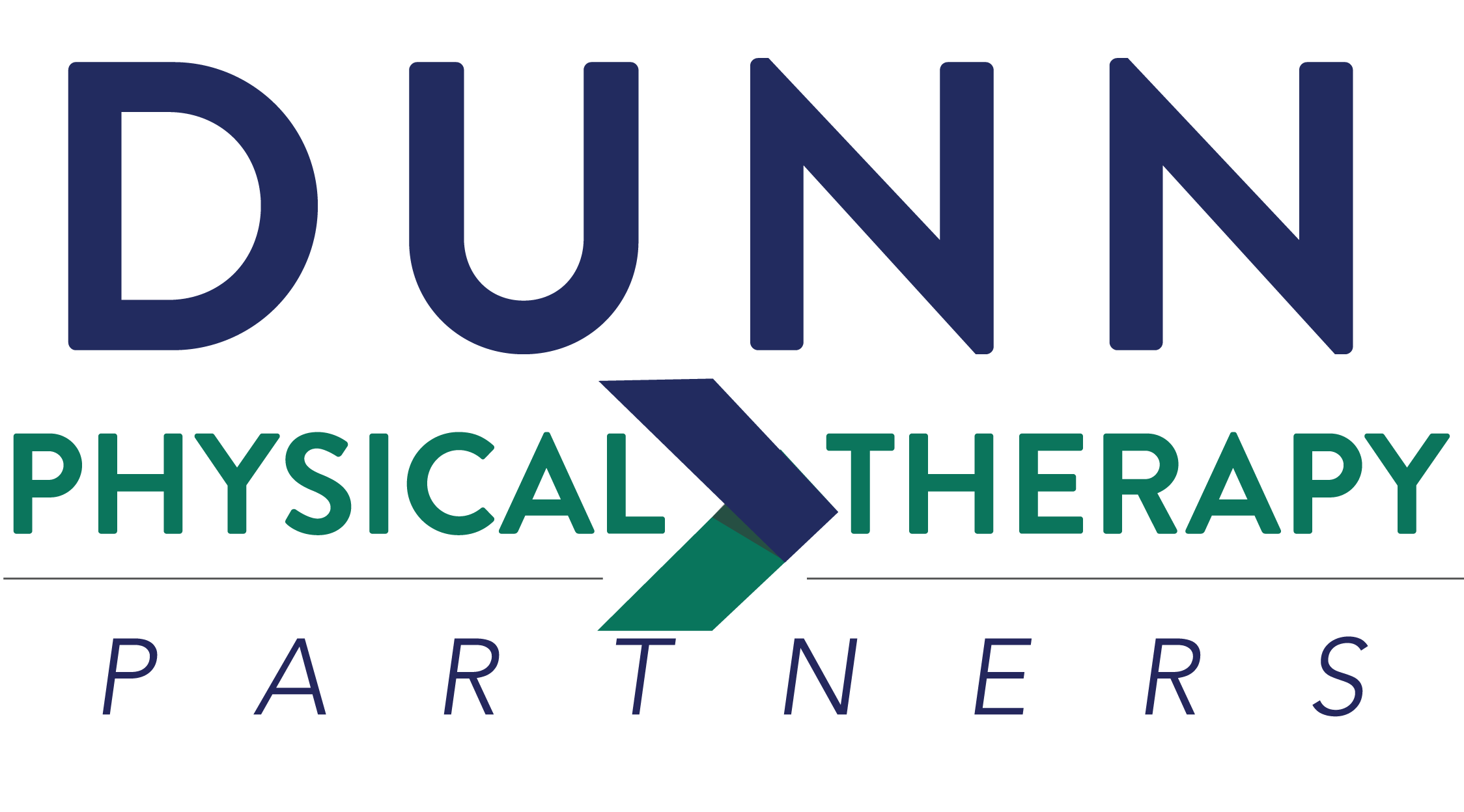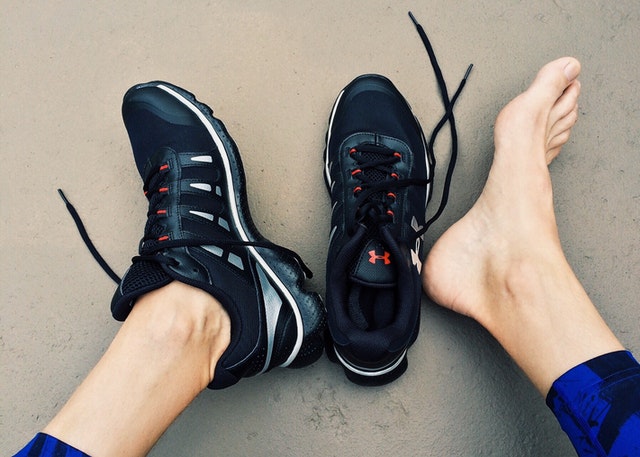A sprain is a common injury that physical therapy can alleviate.
Sprains
Have you ever been on a walk or run, stepped on something awkwardly, and experienced a sudden, sharp pain? You might have a sprained ankle, one of many possible sprains. A sprain is a common injury that physical therapy can alleviate.
What Is A Sprain?
In your joints are tough, fibrous bands of tissue called ligaments. These extra tough tissues do the heavy job of connecting your bones, and are critical for stability. When they are stretched or twisted beyond their capacity, an injury occurs called a sprain. Sprains are typically accompanied by pain, swelling, bruising, and sometimes a popping sensation. You may have trouble bearing weight or moving the joint.
Most sprains will heal on their own, and most exhibit mild symptoms. But severe sprains can result in complete tears or ruptures, and may require surgical intervention and physical therapy for complete healing. If the issues remain after 2 weeks, early PT intervention is critical for faster healing and to prevent future sprains due to damage to your joint proprioceptors.
Sprains are understandably confused with strains. Strains are a similar injury, but occur to muscle tissue itself rather than ligaments.
Sprains occur most often in the ankle, but can affect any ligament in the body. We’ve seen sprains in wrists, toes, and even shoulders.
What Causes Sprains?
Sports are a significant cause of sprain especially in the knee or ankle – typically due to incorrect foot placement during quick maneuvers. Contact sports are especially high risk, as are gymnastics due to complex landings and significant pressure on joints.
Sprains also occur from walking on uneven or slippery terrain, such as in hiking or in certain work environments. The lack of solid footing makes it easy for ankles and other delicate joints to operate at weird angles, increasing the risk of injury.
Even innocuous physical activity – taking a bad step off of a stair, tripping on a curb – can cause a sprain.
How Can Physical Therapy Help?
Most sprains heal on their own with rest, ice, and pain medications. For severe sprains, physical therapy may be required. Techniques we use to treat sprains include:
- Mulligan mobilization with movement: carefully targeted “repositioning” of the affected joints.
- Mulligan stability taping: when applied over and around a sprained area, tape improves stability, allowing the sprain to heal
- Soft Tissue Mobilization: varying forms of direct pressure on surrounding muscles and ligaments relieving pain.
- Balance and Proprioception Retraining: retraining exercises are a must to help you regain your balance to prevent further injury.
- Strengthening exercises: to help the ligaments restore their original movement and load-bearing capacity.
You may also need a brace or shoe modifications, and your PT may recommend supplemental treatment like ice and heat, ultrasounds, or electrical stimulation.
It is also important to develop good habits to prevent further sprains. Proper conditioning, balance training, and quality equipment can go a long way.

